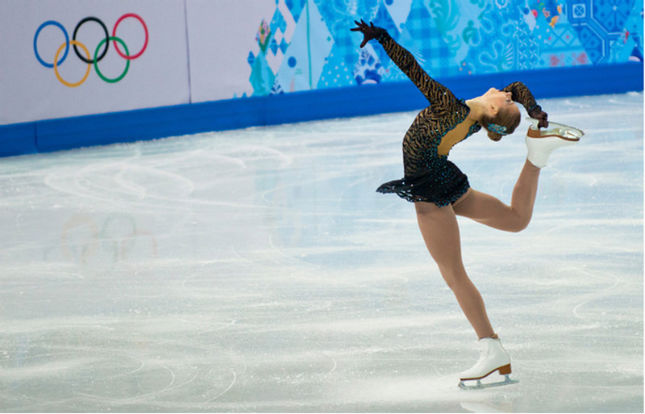
If you’ve been watching the Winter Olympics, you’ve probably seen dozens of human-interest stories about ambitious athletes, the moms who support them, and of course, the politics and passion in Russia surrounding the games.
But we found a few hidden lessons that nonprofits can learn from when it comes to crowdfunding. Check them out:
1) Stick with what works.
In the men’s free skate program of the team figure skating competition, four-time medalist (in four Olympics, counting this one) Evgeni Plushenko performed what he dubbed his “Best of Plushenko” routine, a combination of jumps and choreography from past wins. It earned Team Russia the gold.
The Crowdfunding Lesson
If you’ve seen success with certain strategies and tactics in the past, don’t feel pressure to reinvent the wheel for every campaign.
Sure, adding in a few new moves keeps things fresh. But if you always reach your goal with a month-long timeline, or you know that four donation tiers works better for you than six, don’t change it!
Extra tip: get in the habit of creating narrative reports to support the data from each campaign. That way, you can easily refer back to tactics and specific details to use again.
2) Be risky, not reckless.
Just a couple of days into the Olympics, champion snowboarder and two-time gold medalist Shaun White pulled out of the slopestyle to focus on the halfpipe, in an attempt to achieve a three-peat first place performance. White weighed the risks of getting hurt in the new Olympic event against the potential to win in his strongest event. Ultimately, he didn’t medal, but he totally went for it!
The Crowdfunding Lesson
You may have opportunities to do multiple innovative or fun things with your fundraising campaign, but consider the pros and cons of each before committing.
Think about staff resources, your goals, and the return on investment for each tactic. For instance, is it better to put all your eggs in one basket for a major partnership, or to bring on several small partners and having to stretch yourself to get publicity? Do you spread out a campaign over a longer time or push yourself to reach an aspirational goal on a short deadline? What is more likely to get you a win?
Extra tip: Outsiders may push back on your decisions, but you are the only one who knows all the risks as it relates to your organization. Commit to a decision, own it, and go for it with all you’ve got.
3) Stay true to your personal story.
In the lead up to the Olympics, and as people began arriving in Sochi, headlines focused on budgets gone wild, unfinished construction, dirty hotels, and Putin’s pecs. But despite it all, the Russians created a spectacularly moving tribute to their country and to the Olympics in the Opening Ceremony, by focusing on what they are known for: storytelling through art, dance, and literature. And they pulled it off.
The Crowdfunding Lesson
Things can and will go wrong in a crowdfunding campaign. You’ll have technical glitches, unsatisfied partners, complaining donors, and typos in a big media piece. But those things can be overcome if you can show what you’re made of through your story – your organization’s identity.
Capitalize on society’s love of nostalgia, and create a piece around how your nonprofit was established. Experiment with photos, video, or other art to tell a story of the people that built the organization and have helped it to thrive.
Don’t let snafus stop you from being the best storyteller you can be, and the best seller of your mission.
Extra tip: Recycle past content that has performed well, and play around with some fresh twists. Acknowledge past mistakes or down moments with transparency, bolstered by lots of key milestones and achievements.
—
Flickr: Atos International




